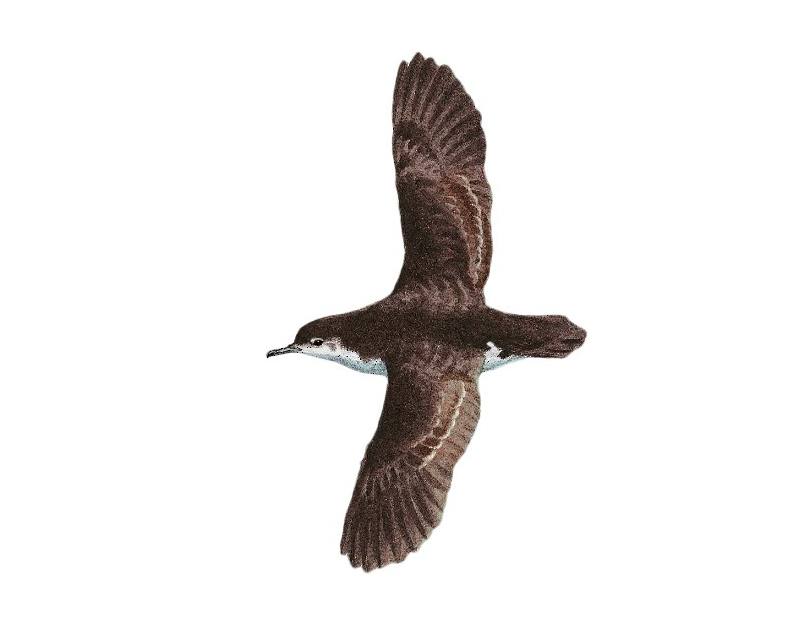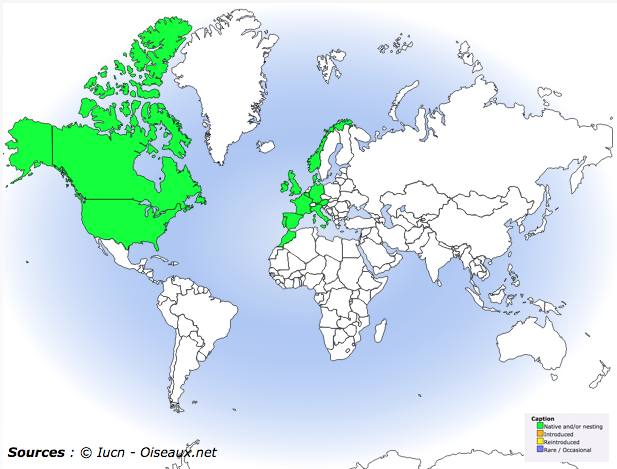
The Barolo Shearwater (Puffinus assimilis baroli) is also known as North Atlantic Little Shearwater or Macaronesian Shearwater because the species has been recognized as endemic to the Macaronesian Islands.
CHARACTERISTICS
Latin name: Puffinus assimilis baroli
Order: Procellariiformes
Family: Procellariidae
Length: 25-30 cm
Weight: 170 to 275 g
Wingspan: 55-65 cm
IUCN Status: Least concern

DESCRIPTION
Important: Birds species have different identifying features depending on sex, age and season.
Eye color: Dark brown
Beak: Grey, blue-grey beak , often blacker at the tip
Leg color: Pale pink
Feather colors: Black, brown, white

LIFE HISTORY
DIET
Barolo Shearwaters catch their preys by pursuit-diving and pursuit-plunging, pattering and surface-seizing. The dives can last several seconds. They feed mainly on fish and squids.
REPRODUCTION
Barolo Shearwaters reproduce between December and May, with a breeding peak during the Spring. Barolo Shearwaters nest in small colonies often at low density, laying one single white egg. They sometimes mix with Cory’s Shearwaters. The nests are usually in rock crevices or self-excavated burrows. The incubation lasts at around 52-58 days and the juveniles will reach the fledgling stage, first flight, at around 70-75 days.
VOCAL BEHAVIOR
By night, the colonies are very noisy. The emit series of rhythmic sounds with an accent on the second note, like ka-ki-kukukur-caa. Like all Shearwaters species, calls differ between males and females (i.e., female calls are lower in frequency and harsher than those of males). Barolo Shearwaters are generally silent at sea during the day. In this recording by Rinse van der Vliet you can hear a female and a male vocalizing next to her nest in Selvagem Grande Island, Madeira, Portugal.
Illustration by Juan M. Varela


















Your thoughts on this?